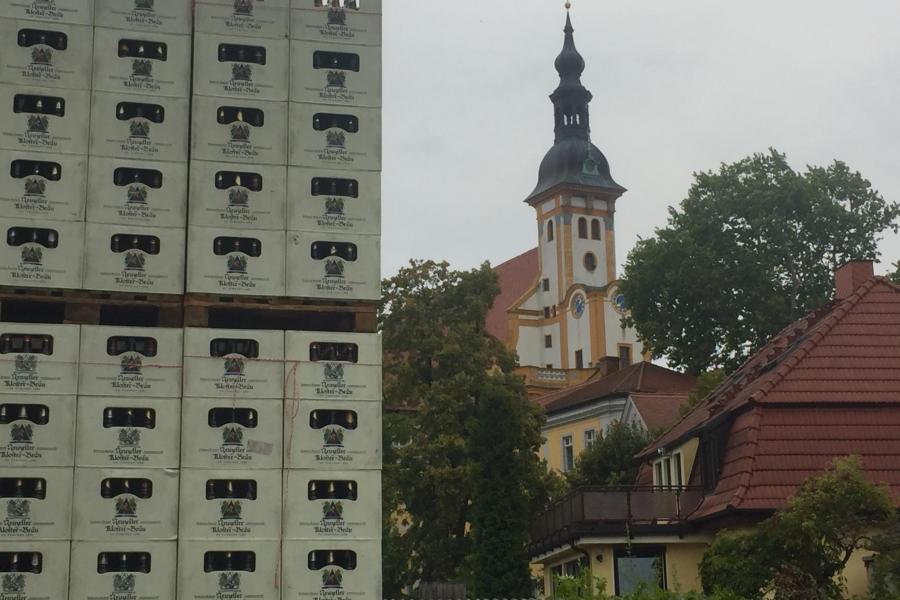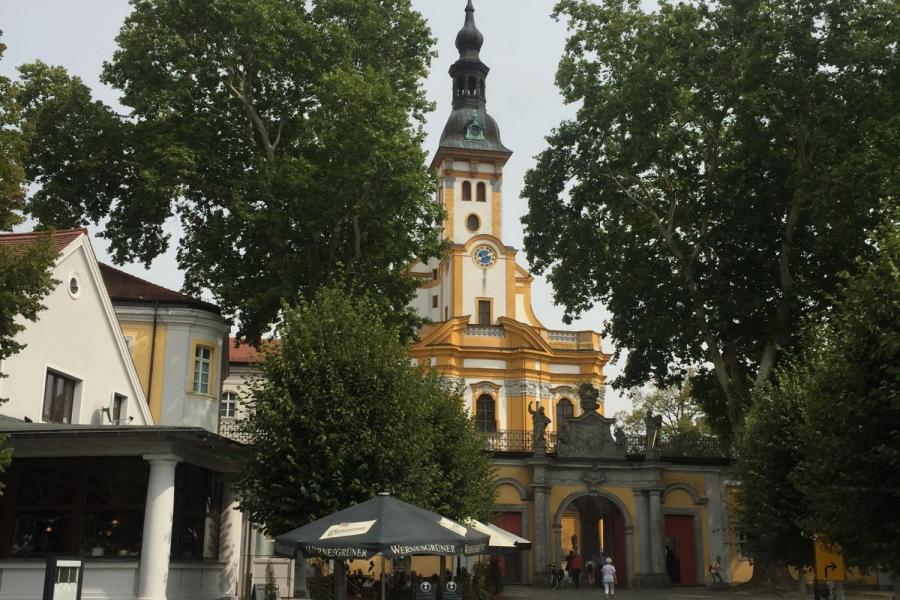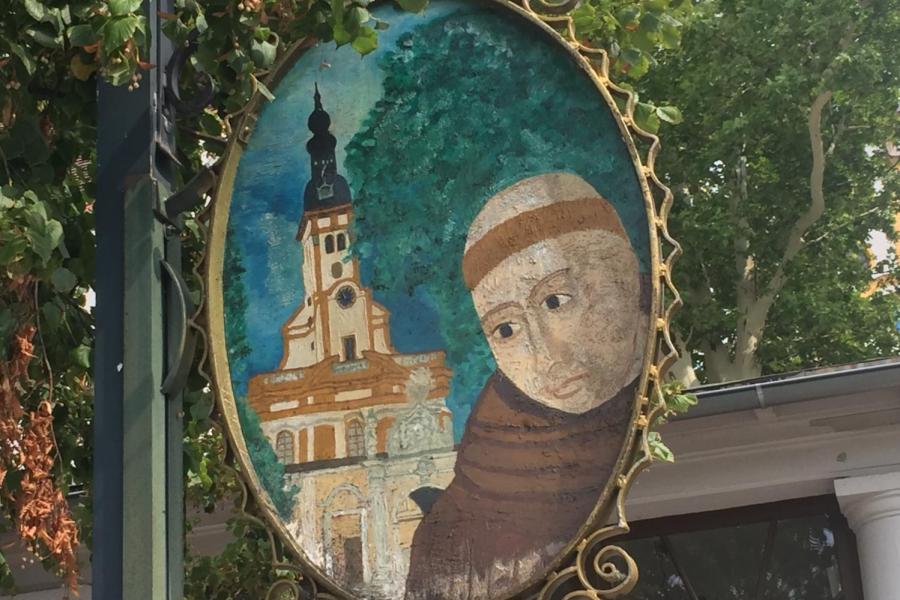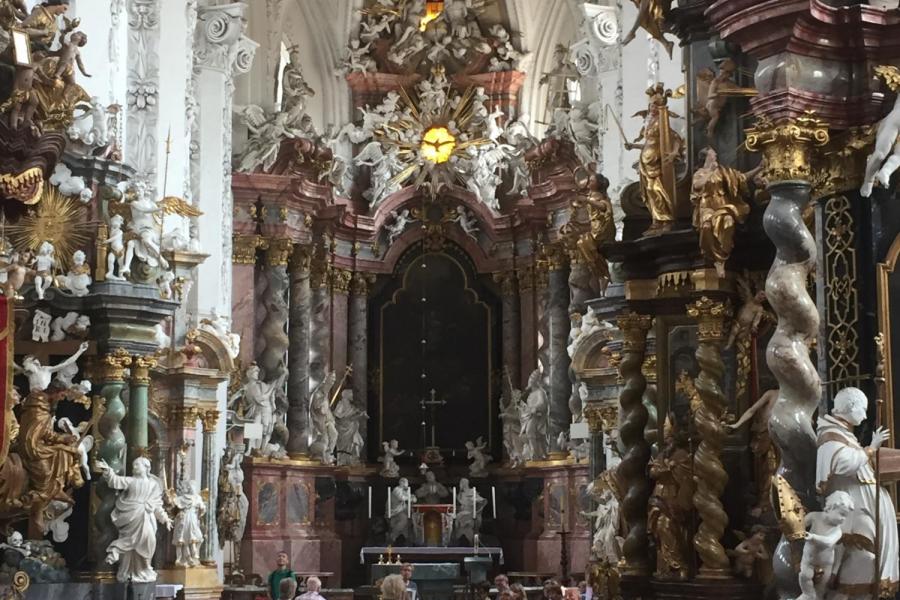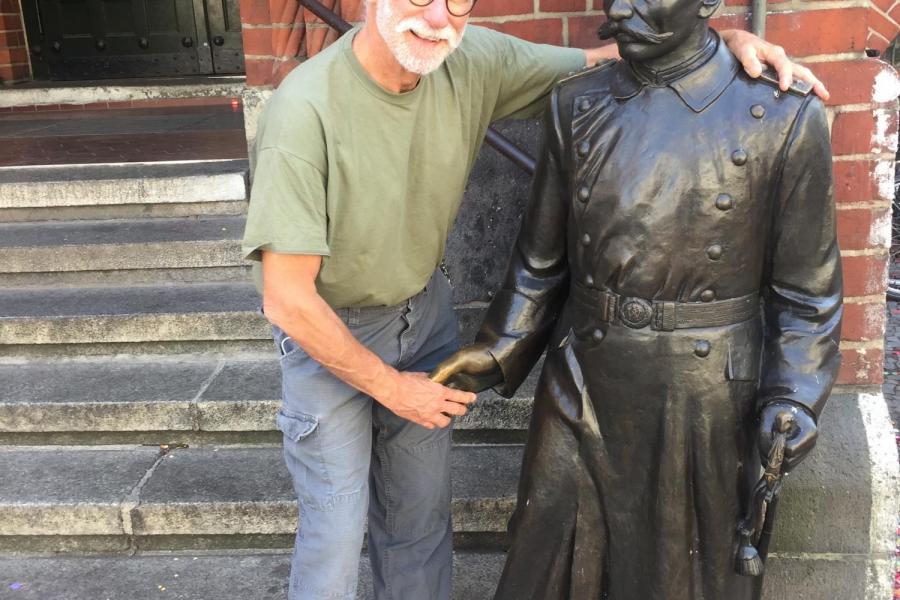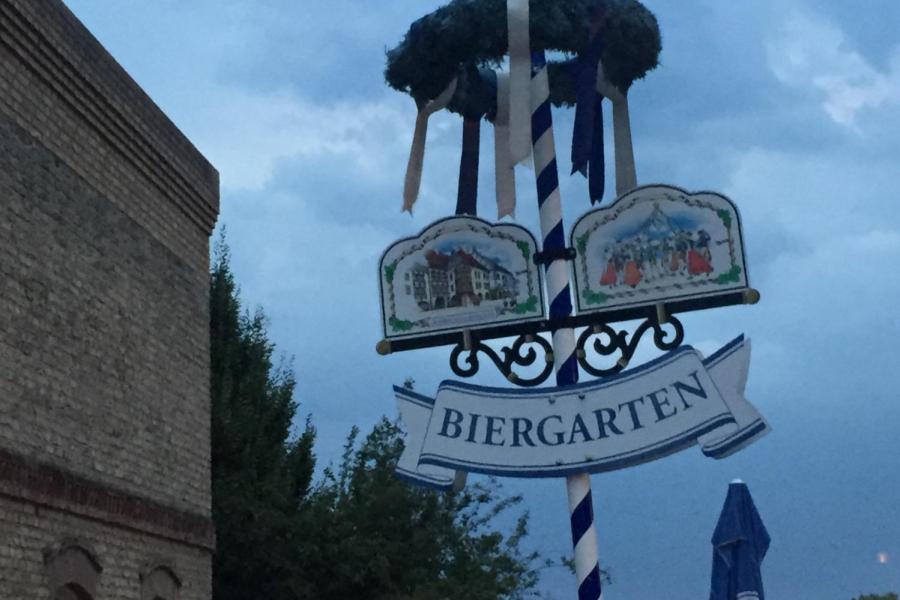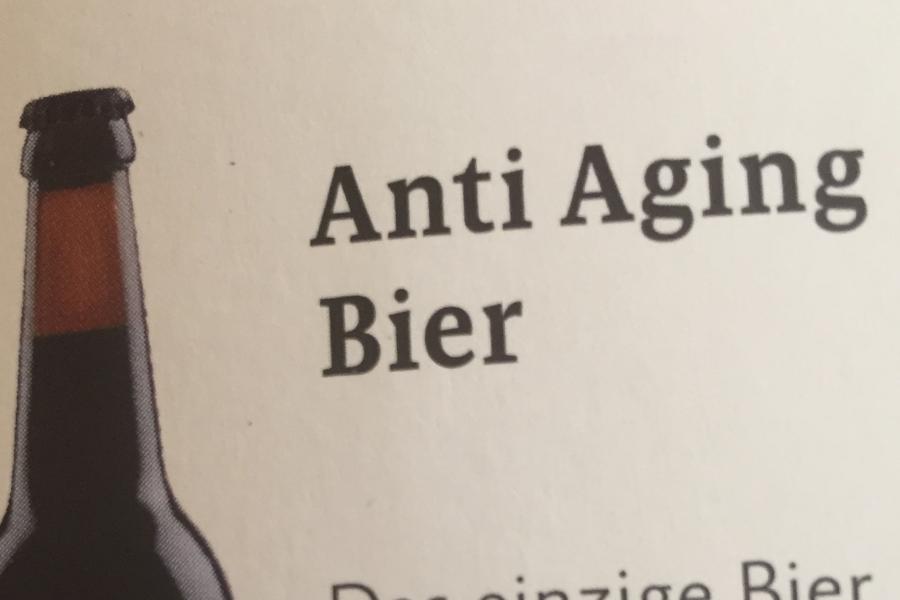Meet the Black Abbess
Country
I had never heard of a German monastic beer. So I was intrigued when my cousin in Berlin offered me a very tasty and crisp cherry beer brewed by an “abbey brewery.” Belgium, yes. But Germany?
I knew of the Trappist tradition of brewing beer and their strong dark “liquid bread” brewed for Lenten consumption by the saintly monks. Many breweries had been making “monastic beers” until one group of clerics sued. Since 2011 only seven breweries in the world are allowed to use the Trappist designation, but this was not always so. Self-reliance is a central tenet of many monastic orders, and monasteries once had vast land holdings from which to support themselves. Monks grew their own food and made their own drink. In Europe in the Middle Ages, people knew that water, which can harbor many diseases, could be dangerous or even deadly. Fermented bevergaes were safe. As monasteries spread from the grape-growing lands of southern Europe to the grain-growing areas of northern Europe, monks shifted from wine to beer as part of their daily sustenance. The Cistercian Order, founded in the 1100s, gave rise in 17th-century Normandy to “the Cistercian Order of the Strict Observance” at Abbaye de la Trappe. These monks of northern France (known as Trappists), brewed beer to drink, sell and trade to the outside world. Apparently, this was the case in Germany until “secularization” in the 19th century, when monasteries lost a great deal of power and resources.
Turns out, the “Cloister Brewery of Neuzelle” was not far out of the way on my route to Poland and a quick Google search told me they had a tour at 1:00 PM the next day. Having spent two nights with family, primarily eating wonderful smoked meats and sampling German beers, I packed my newly laundered socks and tee-shirts and headed off on 2-lane road to the village of Neuzelle on the Polish border.
I located the monastic church long before I found the town. Its grand steeple and belfry poked out of the treeline well before any identifying markers along the road. The only straight street in Neuzelle appears to run directly downhill from a palatial building, across a causeway of tightly trimmed trees, and through the gates of the monastery compound. Interestingly, it had not seen monks in quite a while but a local told me they were awaiting a new group of friars who had been assigned just recently. At this point, there appears to be a privately-run K-12 academy on the grounds but the church is obviously well-maintained and of considerable value to the community as a tourist attraction.
In front of the monastery is the “new” brewery, built in 1902. The entire complex had burned several times over the last few hundred years and the last fire took the brewhouse. But for an American, 115 years is still old. Sited right outside the monastery gate, it has been privately leased for about 150 years. So, I guess it’s not really a monastic beer but a beer made at a monastery. Their signature brew, called Black Abbott, is a very malty schwartzbier and their pils is bright, clean and lightly hopped. A imperial porter is oddly labeled as both a porter and a stout. For guys like me, they brew an “Anti-Aging Beer” but you have to prove you’re over 71 to get served.
To my surprise, all of their beers are pasteurized and filtered. I was also surprised that they make something called a “Badebier” or bathing beer. Yep. You pour it into the tub. Good for the skin and very hygienic. I believe the “black abbess” recommends it. The poster for their newest brew states in German: “Black Abbess. What the Black Abbott dreams about.”


